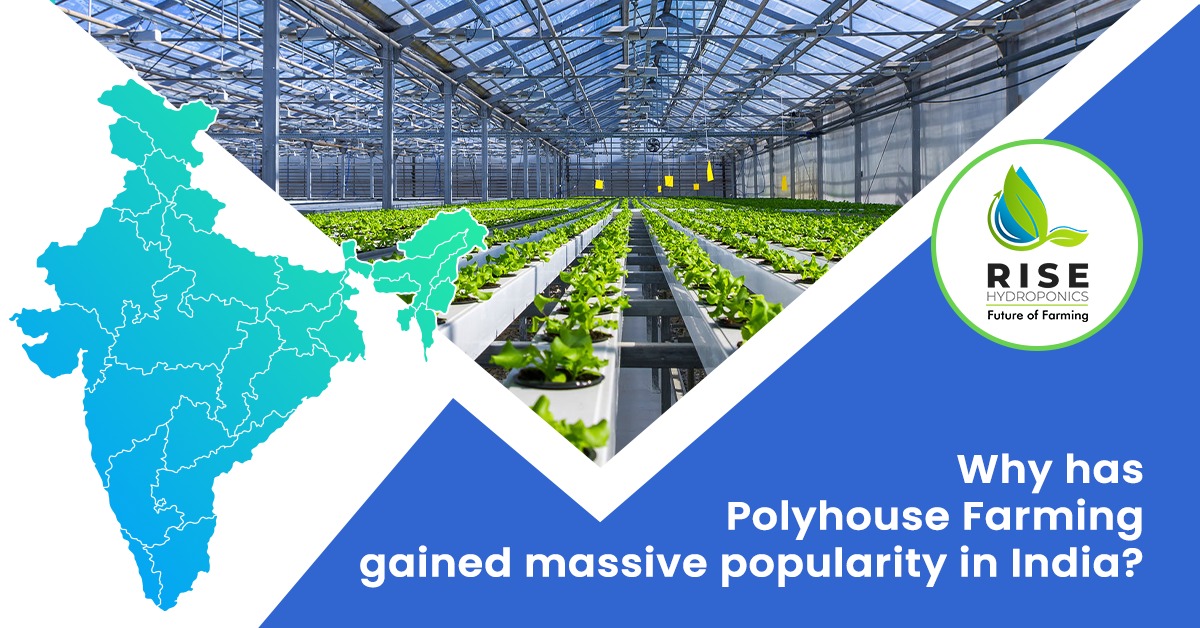Polyhouse farming has garnered quite the fan following. It may have started slow but the popularity it gained has been phenomenal. A farmer can make huge profits from this farming method. But, there are not many people who are well aware of what exactly this farming method entails. Hence, in this article today we are going to share every little piece of information about polyhouse farming along with its benefits. So are you ready? Here we go.
What do you mean by polyhouse farming?
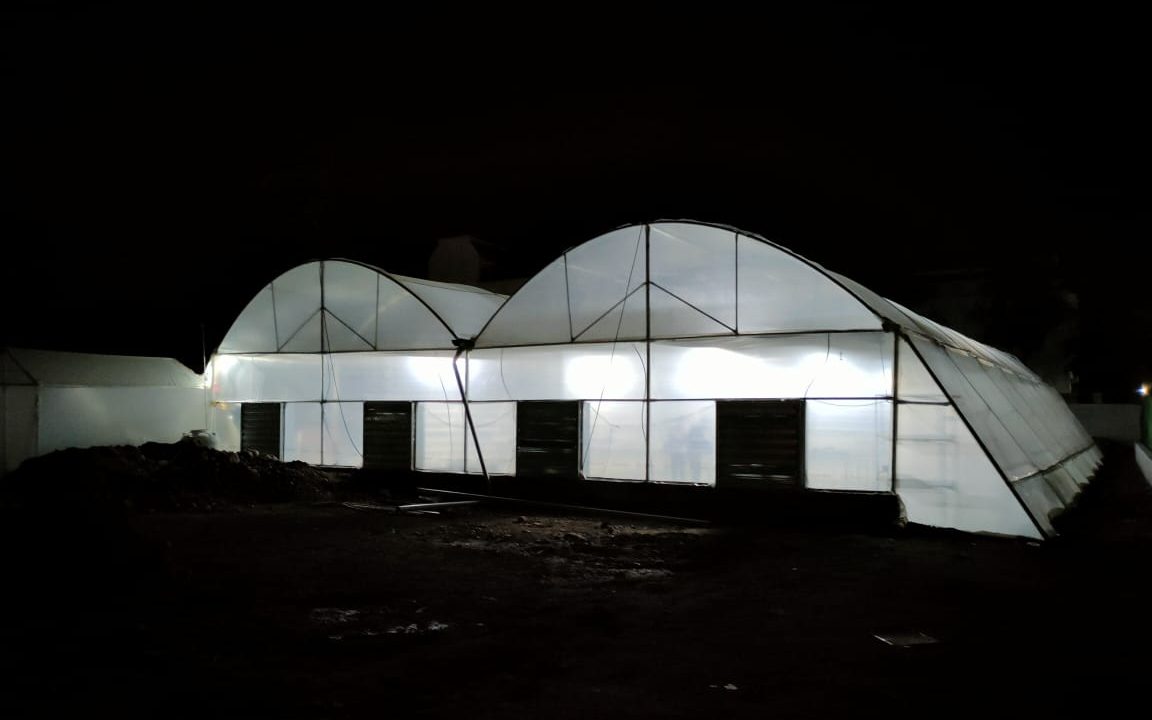
For anyone that is not acquainted with the term, we will explain it for you. Greenhouse or Polyhouse farming is a structure or house made of polyethylene. This glass like translucent material lets the plants develop and grow under controlled climatic conditions. Your structure’s size can differ from big-sized buildings to small shacks as per your need. This glass greenhouse features warm interiors when they are exposed to sunbeams as the house helps in stopping the greenhouse gases from leaving. So, when the temperature is cold outside, plants enjoy a warm survival friendly atmosphere. Polyhouse farming method protects the crops from several external factors that can cause substantial damage. Here are the benefits.
The farming is profitable
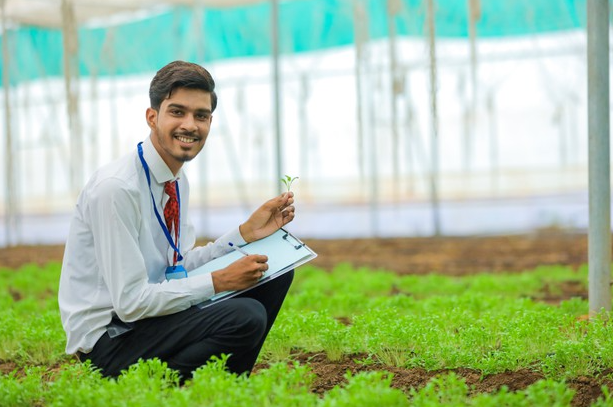
Polyhouse farming is one of the excellent examples of precision farming. With the efficient utilization of resources, the harvest quality of the crop is high. Commercial growers in India are using this farming method to produce cut flowers, fruits and vegetables.
Fun fact: Veggies and fruits are contributing to about 92 percent of the country’s total horticultural produce.
Grow wide variety of crops
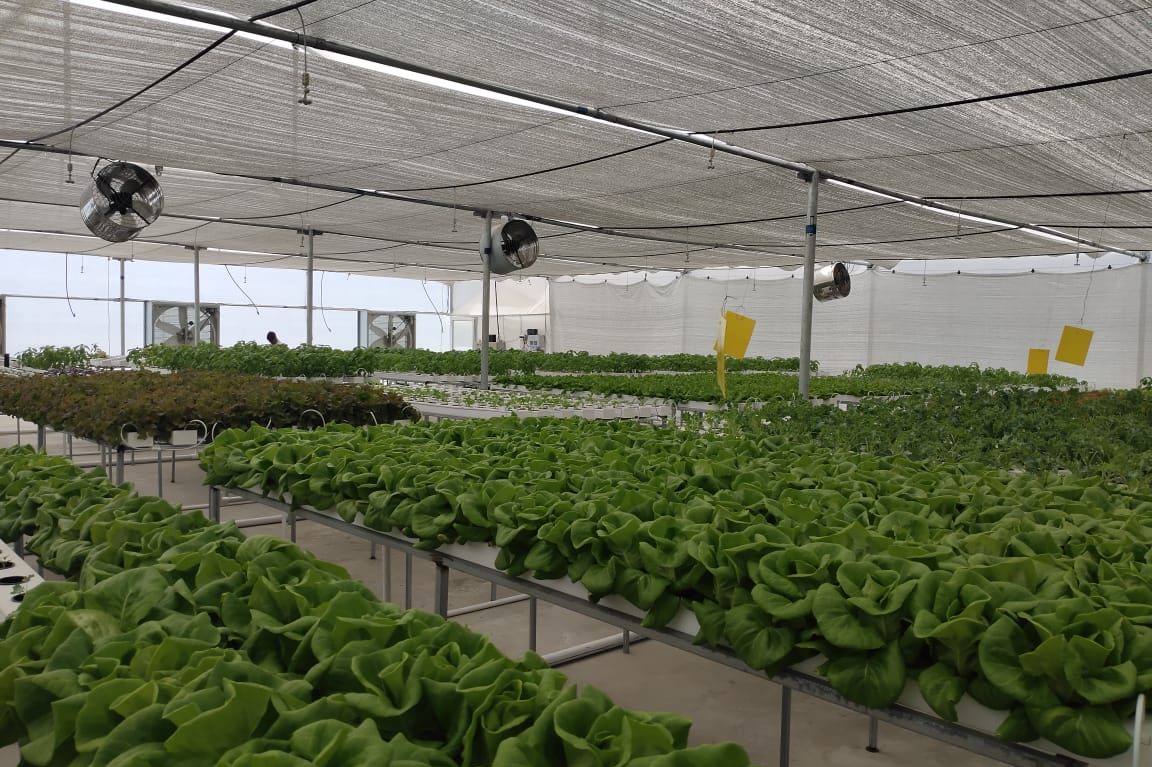
You can grow a wide variety of crops with Polyhouse farming. The fruits include strawberries, papayas, and many others. There are many vegetables you can grow with the help of this farming method and that include tomatoes, spinach, onion, coriander, chilies, cauliflower, radish, capsicum, bitter gourd and cabbage. The best part about polyhouse farming is that you can also grow flowers like rose, orchids, marigold, gerbera and carnation.
Grow hi-quality of crops
A consumer when buying food always looks for quality in the market. The minute one finds a hi-quality product, they immediately pay for it. When you deliver top-notch quality, you also do not have to worry about the demand. Such is the case with Polyhouse farming because it is capable of delivering hi-quality products. Polyhouse features a protected structure and pieces of equipment that monitor the crop’s develop and growth continuously. When you are able to manage the water and nutrient supply, the end product turns out to be better. Concisely put, polyhouse farming helps you to maintain industry-level quality standards.
Grow crops vertically
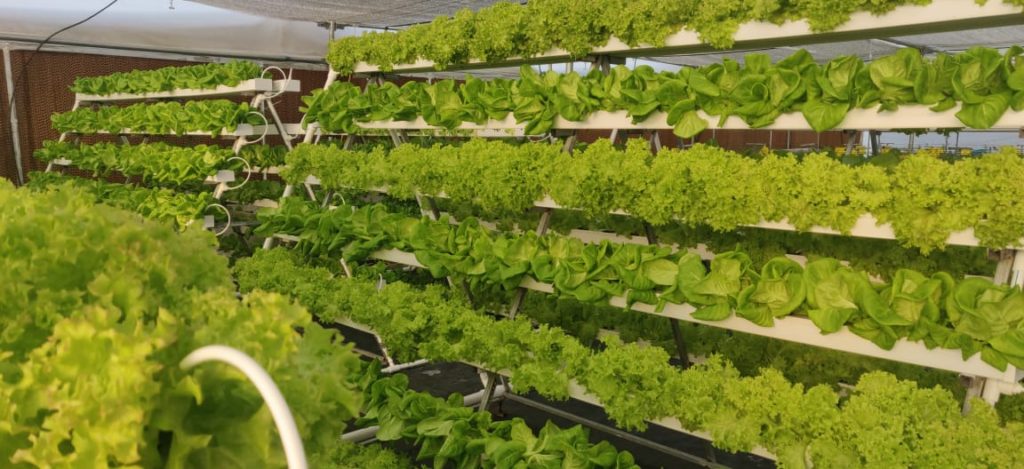
Indeterminate cucumbers and tomatoes are some of the perfect crop examples that can grow vertically within a polyhouse. As per data, tomatoes contribute to 12 of the aggregate vegetable production. When there is vertical production of crops in polyhouse, growers can utilize more space efficiently. Thus, this method helps in the multiplication of yield by three to four times. Effortless pruning and training of plant are some of the other pros of vertical crop cultivation in a polyhouse method. With regular pruning the plant’s growth increases beyond measure and that benefit you in the long run.
Grow crops in a controlled climatic condition
If you have ever been to Punjab you may know about the temperature there. During the month of March the ambient air temperature in the state rises above 30 degrees centigrade and due to that the temperature inside a polyhouse increases as well. Maintaining a controlled environment, growers can raise plants in those regions where there is unfavorable production of crops. Equipment installed in a polyhouse control several variables. These variables are air ventilation, temperature and humidity. The fan-pad system helps in controlling the temperature within a polyhouse. With the digital unit of control, and other sensory devices, you will be able to monitor the climatic condition better.
Fun fact: the facilities of climate control help growers to grow off season veggies and fruits. This means you can enjoy production of floricultural crops all through the year.
Expect higher productivity and higher yield
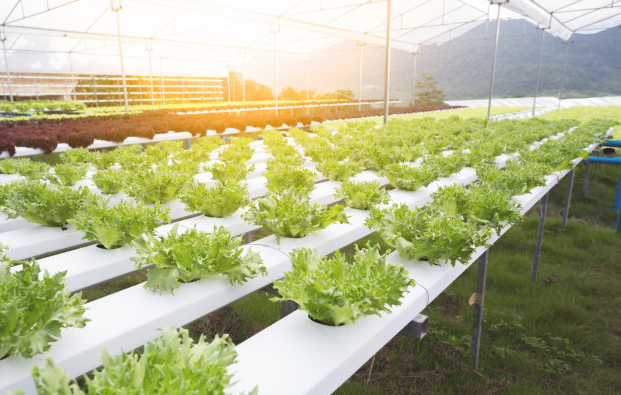
Polyhouse farming increases the yield of crops by 10-12 times depending on the type of crop as well as crop management. Of course, the yield of the crop is dependent on varying abiotic and biotic factors like environmental conditions, disease management, pest and nutrient management. With precise management of nutrients, air circulation, humidity and optimum temperature around 18-24 degrees Celsius, the crop yield is maximized per unit area.
Polyhouse farming is the flavor of the season with farming subsidies
Commercial farmers and growers have to always bear the brunt of inappropriate training and capital deficit for making investments. However, the National Horticultural Board has launched several schemes that lets farmer avail maximum benefits. Under one of the schemes, the beneficiary can get a subsidy of 50 percent for polyhouse construction. Some states even offer a whopping 80 percent subsidy if the farmer sets up his polyhouse in more than 2000 square meters or just 2000.

